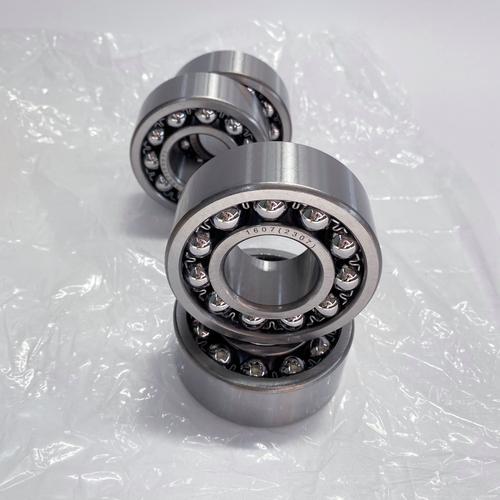Ultimate Guide to Ball Bearings Catalog: Types, Sizes, and How to Choose the Right One
Ball bearings are essential components in machinery, reducing friction and ensuring smooth operation. A well-organized ball bearings catalog helps users quickly identify the right type, size, and specification for their industrial or mechanical applications. This guide covers critical aspects like types, maintenance, and sourcing to streamline your decision-making process.
1. ball bearings size chart2. ball bearings types and applications
3. ball bearings maintenance guide
4. ball bearings load capacity chart
5. ball bearings suppliers near me
1. ball bearings size chart

Understanding ball bearings dimensions is crucial for compatibility. A ball bearings size chart provides measurements like inner diameter, outer diameter, and width. Standard sizes range from miniature bearings (1mm ID) to large industrial bearings (over 100mm ID). Metric and imperial units are both used globally. Always cross-reference load ratings and speed limits when selecting sizes. For example, 6200-series bearings have a 10mm ID and 30mm OD, suitable for electric motors. Custom sizes are available for specialized machinery. Consult manufacturers for non-standard requirements to avoid operational failures.
2. ball bearings types and applications
Ball bearings come in various designs, including deep groove, angular contact, and thrust bearings. Deep groove bearings handle radial and axial loads, ideal for pumps. Angular contact bearings support combined loads in gearboxes. Thrust bearings manage axial loads in automotive applications. Ceramic hybrids resist corrosion in chemical plants. Stainless steel variants are used in food processing. Each type has unique load capacities and speed limits. For example, self-aligning bearings compensate for shaft misalignment in conveyor systems. Always match bearing type to application demands for optimal performance.
3. ball bearings maintenance guide
Proper maintenance extends bearing lifespan. Regular lubrication reduces friction and wear. Use grease or oil based on operating temperatures. Clean bearings with solvent to remove contaminants. Inspect for pitting, discoloration, or noise during operation. Replace seals if damaged to prevent moisture ingress. Storage conditions should be dry and dust-free. For high-speed applications, balance shafts to avoid vibration. Relubrication intervals depend on usage intensity—industrial bearings may need monthly servicing. Follow manufacturer guidelines for specific models. Neglecting maintenance leads to premature failure and costly downtime.
4. ball bearings load capacity chart
Load capacity determines a bearing’s maximum stress tolerance. Dynamic load ratings indicate sustained load over lifespan, while static ratings apply to stationary loads. Charts categorize capacities by bearing type and size. For example, a 6305 bearing has a dynamic load of 22kN and static load of 11.5kN. Overloading causes deformation and failure. Consider shock loads in construction equipment. Use safety factors (1.5–2x) for fluctuating loads. Hybrid bearings with ceramic balls offer higher capacity in aerospace applications. Always verify load charts against operational requirements to ensure reliability.
5. ball bearings suppliers near me
Choosing reliable suppliers ensures quality and timely delivery. Local suppliers reduce shipping costs and lead times. Verify certifications like ISO 9001 for quality assurance. Check inventory for standard and custom bearings. Read reviews on delivery accuracy and customer service. Request samples to test compatibility. Global suppliers like SKF or NSK offer extensive catalogs but may have longer shipping. Compare pricing, including tariffs and taxes. Establish long-term partnerships for bulk discounts. Use online directories like Thomasnet to locate verified suppliers. Always negotiate warranties and return policies.
From selecting the correct size using a ball bearings size chart to understanding load capacities and locating trusted suppliers, this guide equips you with actionable insights. Whether you’re maintaining existing machinery or sourcing bearings for new projects, each section addresses critical factors impacting performance and cost. Dive deeper into specific topics using the links above to optimize your operations and avoid common pitfalls.
In summary, a well-structured ball bearings catalog is indispensable for industrial efficiency. By leveraging size charts, load data, and maintenance best practices, you can enhance machinery lifespan and reduce downtime. Partner with certified suppliers to secure high-quality bearings tailored to your needs. Use this guide as a roadmap to navigate the complexities of ball bearing selection and application.




 13869596835
13869596835